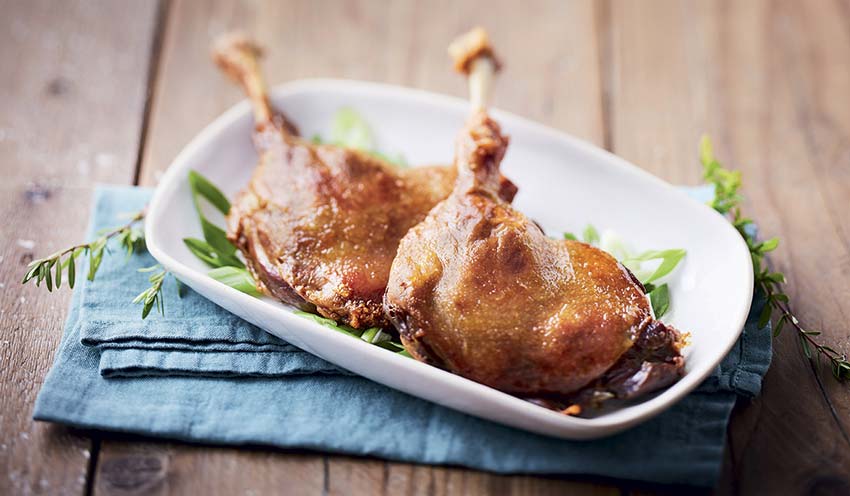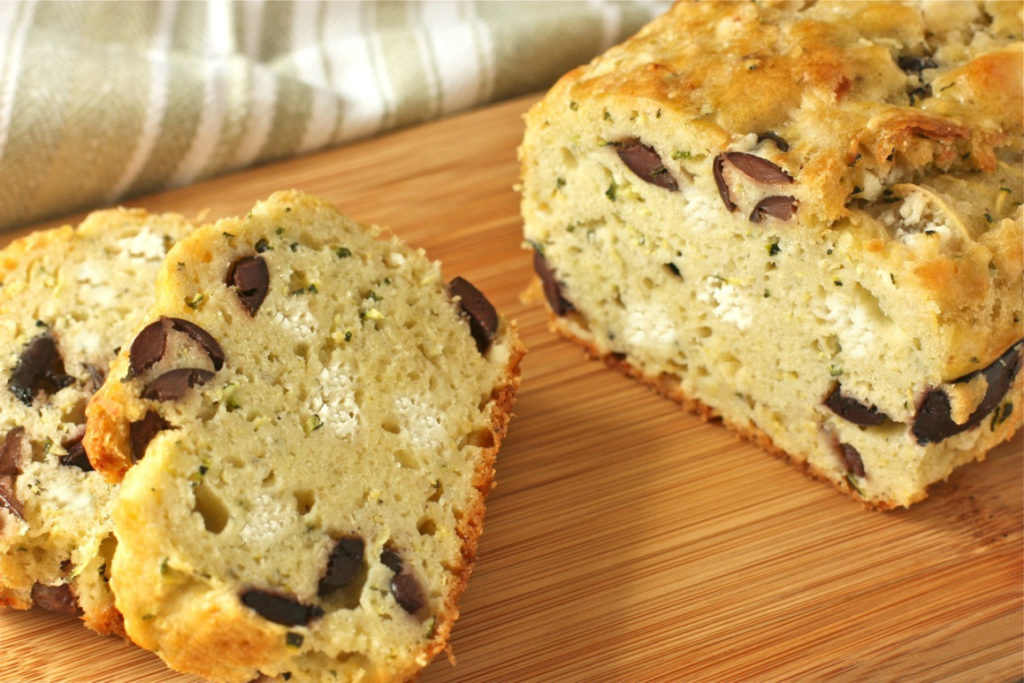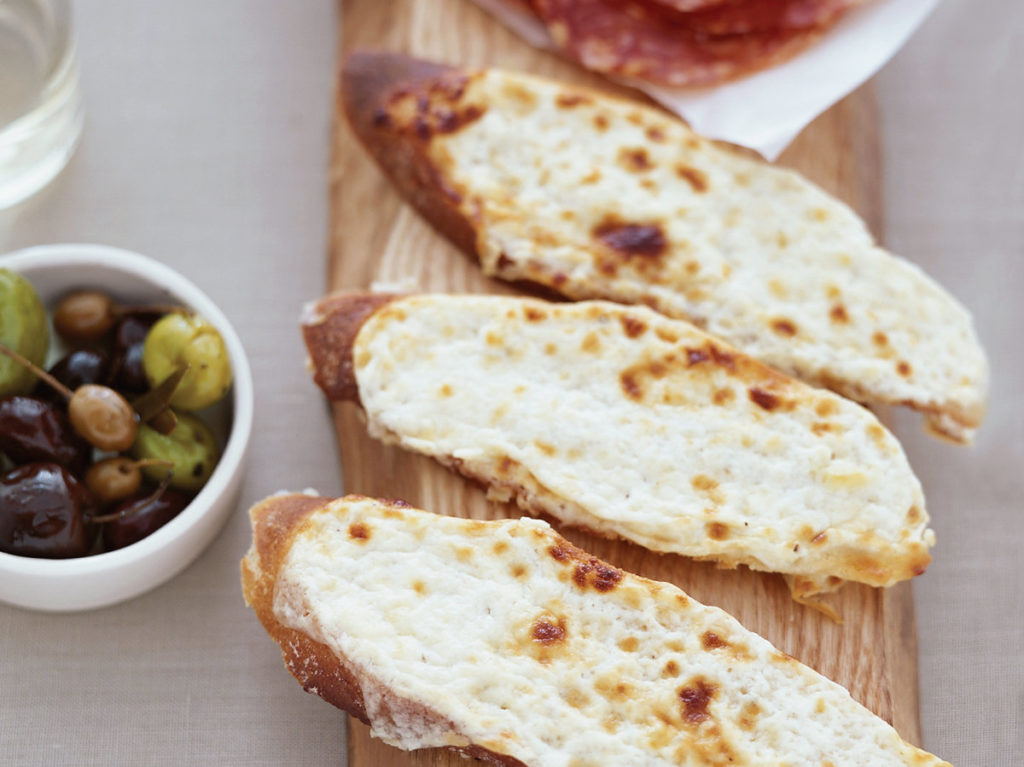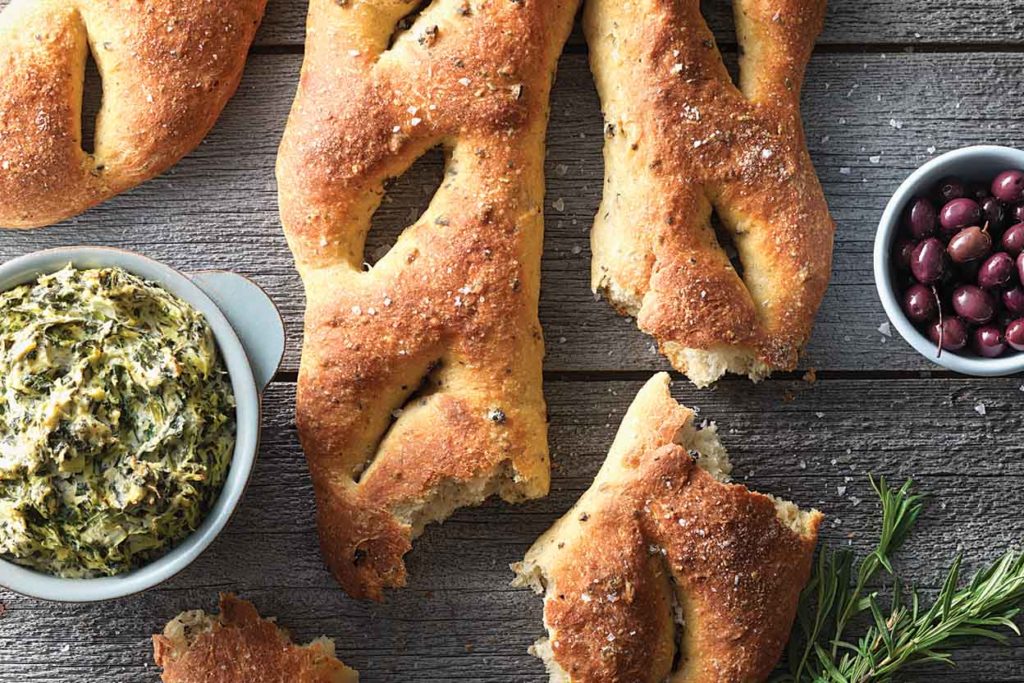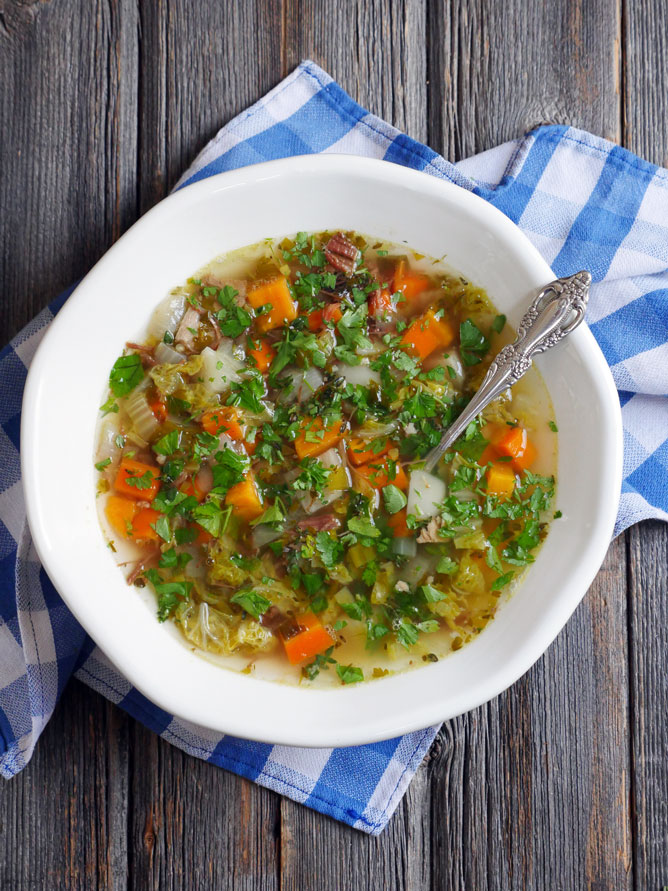French Onion Tart
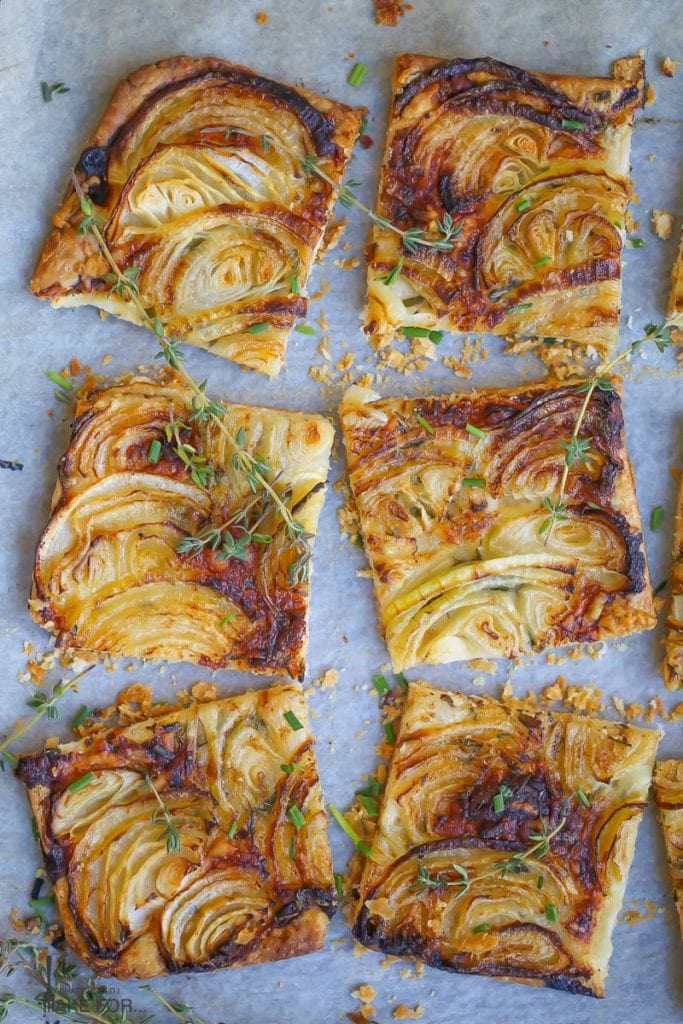 French Onion Tart
French Onion Tart
Pastry
2 C. all-purpose flour
1/2 tsp. kosher salt
1 T. sugar
12 T. cold unsalted butter, diced (1 1/2 sticks)
1/2 C. ice water
Onion Topping
1 C. gruyere cheese, shredded (4 oz)
1 1/2 tsp. fresh thyme, minced
2 tsp. fresh chives, minced
1 1/4 lb. sweet onions, (about 3 medium onions)
1 T. heavy cream
3 T. unsalted butter, diced
1 tsp. kosher salt
Place the flour, salt, and sugar in the bowl of a food processor fitted with the steel blade. Pulse for a few seconds to combine. Add the butter and pulse 10 to 12 times, until the butter is in small bits the size of peas. With the motor running, pour the ice water down the feed tube and pulse just until the dough starts to come together. Dump onto a floured board and knead quickly into a ball. Wrap in plastic and refrigerate for at least 1 hour. Preheat the oven to 400 degrees and line a sheet pan with parchment paper. Roll the dough between two sheets of lightly floured wax paper, slightly larger than 10 x 14 inches. Using a ruler and a small knife, trim the edges. Place the dough on the prepared sheet pan and refrigerate while you prepare the onions. Sprinkle the rolled pastry with the cheese right to the edges. Sprinkle with thyme and chives. Peel, halve, and very thinly slice the onions into half-moons, keeping the moons intact. Place the onion half-moons on the pastry in diagonal lines, just barely overlapping and brush lightly with cream. Dot with the butter and sprinkle with salt. Bake for 40 mins or until the tart is golden and browned. Cover the edges with foil if the tart is getting too brown during baking. Let cool slightly and cut into squares to serve. Serve warm or at room temperature. Recipe Notes: The dough comes together in minutes in your food processor and can be made well in advance and frozen until you’re ready to use it.
There’s no pre-cooking of the onions on the stove like many onion tarts require. They’re simply sliced thin and arranged over a sprinkling of grated cheese and herbs and baked until golden brown and caramelized. The tart can be sliced into squares, strips, or wedges, but no matter how you slice it (yes I went there), it’s just plain delicious. Tart can be served right out of the oven or at room temperature, which makes it ideal for parties.
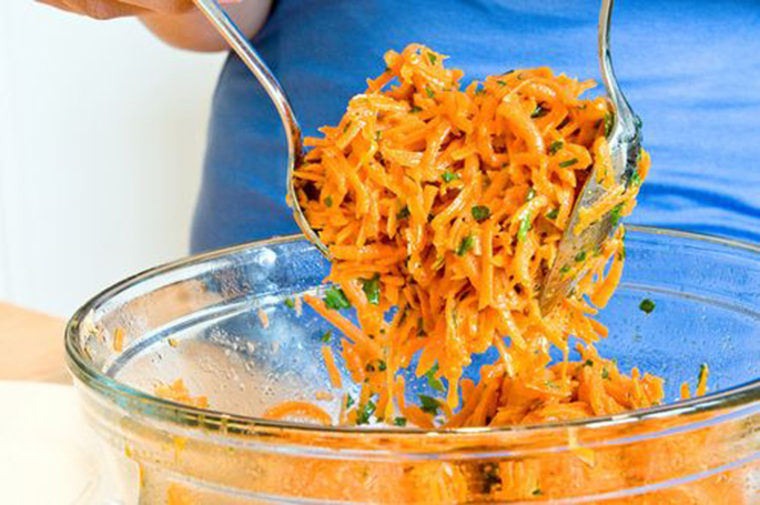 French Grated Carrot Salad with Lemon Dijon Vinaigrette
French Grated Carrot Salad with Lemon Dijon Vinaigrette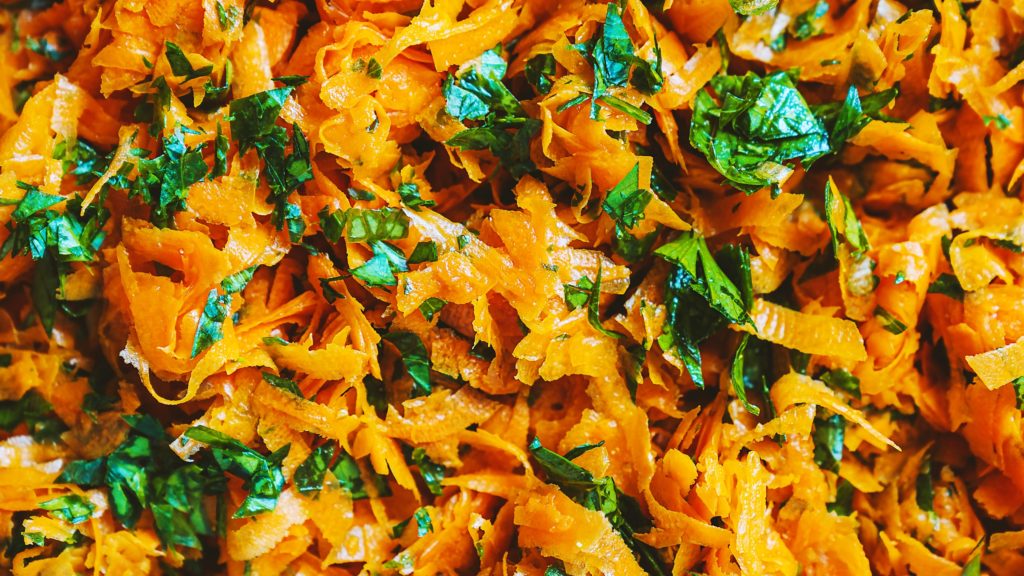 French Carrot Salad
French Carrot Salad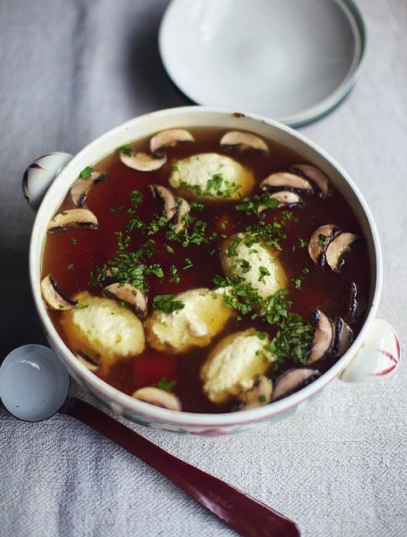 Bouillon de poulet avec des quenelles de volailles (Chicken dumpling soup)
Bouillon de poulet avec des quenelles de volailles (Chicken dumpling soup)